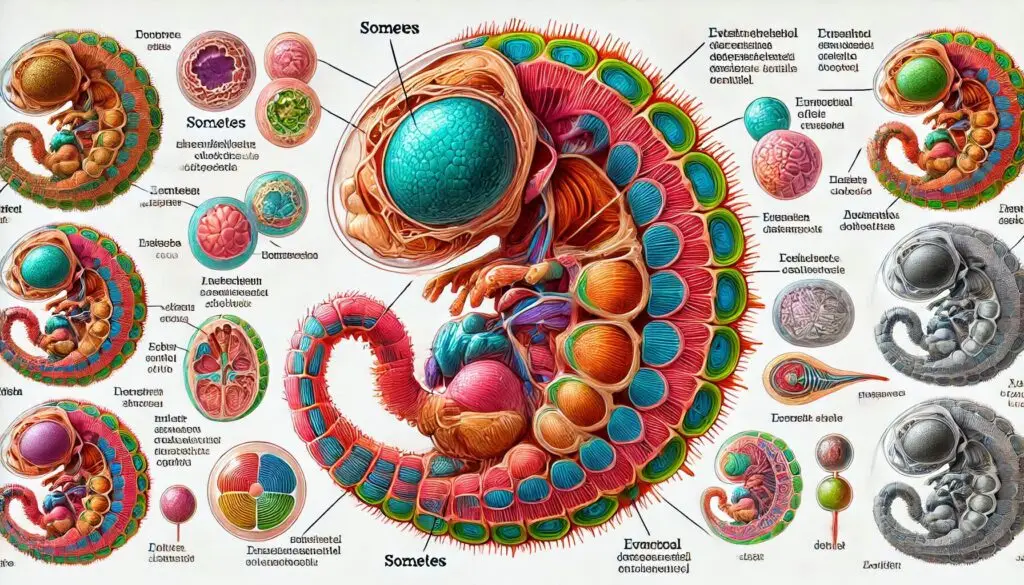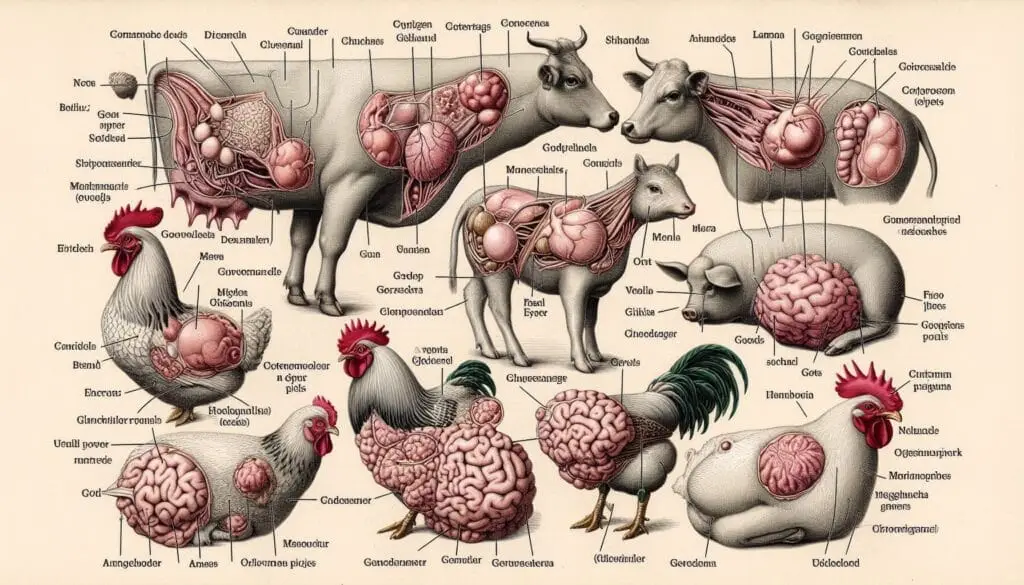Internal Fertilization in Domestic Mammals

Introduction to Internal Fertilization
Internal fertilization is a fascinating reproductive strategy used by many domestic mammals. This method involves the fusion of sperm and egg inside the female’s body. It contrasts sharply with external fertilization, which occurs outside the body, commonly seen in fish and amphibians. Understanding internal fertilization helps us appreciate the complexities of mammalian reproduction.
For more information on reproductive strategies across species, you can visit National Geographic.
What is Internal Fertilization?
Internal fertilization occurs when sperm is deposited inside the female reproductive tract during mating. This process ensures that sperm meets the egg in a protected environment. In mammals, this typically happens through copulation.
The Process of Internal Fertilization
Copulation
During copulation, the male mammal transfers sperm to the female. This process involves several steps:
- Courtship: Males often engage in courtship behaviors to attract females. These behaviors can include vocalizations, displays, or physical gestures.
- Mating: Once a female is receptive, mating occurs. The male’s penis enters the female’s vagina, allowing sperm to be deposited near the cervix.
- Sperm Journey: After mating, sperm travel through the cervix and uterus to reach the fallopian tubes. Here, if an egg is present, fertilization takes place.
For a detailed explanation of mammalian mating behaviors, check out BBC Earth.
Fertilization and Development
Once fertilized, the zygote begins to develop into an embryo. The embryo implants itself in the uterine lining. This secure environment provides nutrients and protection during early development.
Advantages of Internal Fertilization
Internal fertilization offers several benefits over external fertilization:
Protection of Gametes
One major advantage is that internal fertilization protects both sperm and embryos from environmental hazards. For example, eggs laid in water can be vulnerable to predators or harsh conditions.
Increased Chance of Fertilization
The close proximity of sperm to the egg increases the likelihood of successful fertilization. In contrast, external fertilization often relies on chance encounters between sperm and eggs.
Parental Investment
Internal fertilization often leads to greater parental investment. Female mammals can nurture their developing young within their bodies, providing a controlled environment that enhances survival rates.
For more insights into parental investment in mammals, refer to ScienceDirect.
Comparison with External Fertilization
Understanding how internal fertilization differs from external fertilization is crucial for grasping reproductive strategies across species.
Definition of External Fertilization
External fertilization occurs outside the female’s body. In this method, females release eggs into the environment, where males subsequently release sperm to fertilize them. This method is common in aquatic animals like fish and amphibians.
Environmental Factors Affecting Fertilization
External fertilization depends heavily on environmental conditions such as temperature and water quality. For instance, certain fish only spawn during specific seasons when conditions are optimal.
In contrast, internal fertilization allows mammals to reproduce in various environments without relying on external factors for successful fertilization.
Developmental Outcomes
The developmental outcomes also vary significantly between these two methods:
- External Fertilized Eggs: Eggs laid externally are often exposed to predators and environmental changes. As a result, many do not survive to maturity.
- Internally Developed Embryos: In mammals, embryos benefit from maternal protection throughout development. This leads to higher survival rates for offspring.
Types of Domestic Mammals That Use Internal Fertilization
Many domestic mammals utilize internal fertilization as their primary reproductive strategy:
Dogs and Cats
Both dogs and cats exhibit internal fertilization through copulation. The gestation period for dogs lasts about 63 days, while cats typically carry their young for around 65 days.
For more information on canine reproduction, visit American Kennel Club.
Cattle and Sheep
Livestock like cattle and sheep also rely on internal fertilization. Cows have a gestation period of about nine months, similar to humans, while ewes (female sheep) carry their young for around five months.
Learn more about cattle breeding at Purdue University.
The Role of Hormones in Internal Fertilization
Hormones play a vital role in regulating reproduction in mammals:
Estrogen and Progesterone
Estrogen prepares the female’s body for mating by promoting ovulation and preparing the uterine lining for implantation. Progesterone maintains this lining during pregnancy.
For an overview of hormonal changes during reproduction, see Endocrine Society.
Challenges Faced by Domestic Mammals During Reproduction
Despite its advantages, internal fertilization also presents challenges:
Health Risks
Pregnancy can pose health risks for female mammals. Complications such as gestational diabetes or preeclampsia can arise during pregnancy.
Genetic Diversity
Internal fertilization may limit genetic diversity if breeding practices are not managed carefully. Inbreeding can lead to genetic disorders in offspring.
To learn more about genetic diversity issues in domestic animals, check out Animal Genetics.
Conclusion
Internal fertilization is a crucial aspect of reproduction in domestic mammals. It offers numerous advantages over external methods by providing protection for gametes and developing embryos while allowing for greater parental investment. Understanding this process enhances our knowledge of mammalian biology and aids in effective breeding practices.
More from Veterinary Anatomy:
Muscle Tissue





Responses